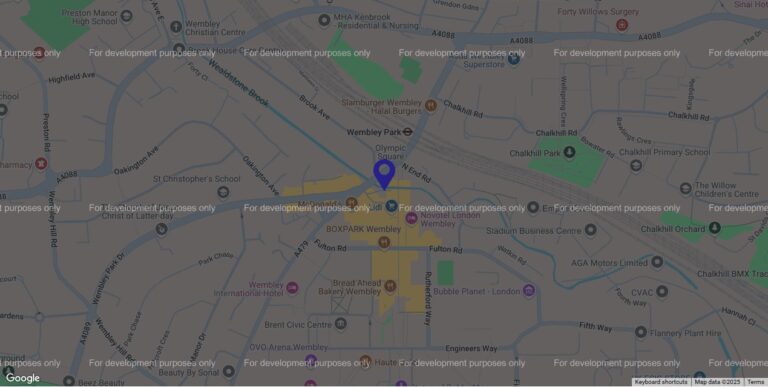Statistics from leading social media analysts are suggesting that brands are incredibly lax at responding to customer service enquiries they receive through social media.
Earlier this year, Sprout Social found that 90% of messages sent to brands via social media go unanswered. Meanwhile SocialBakers have recently claimed that 75% of questions asked in messages sent to Facebook Pages, and 93% of questions asked via Twitter don’t get answered.
I don’t know how these stats were come by – and there will be a lot of spam messages that of course don’t, and shouldn’t, get replied to. But still, I’m not surprised to hear that people aren’t replying to messages sent via these avenues.
Why?
So why is this the case? Why do questions go unanswered?
My hunch would be it’s because brands don’t engage – and they quite probably don’t even check their accounts (very often). Facebook and Twitter are too often just a stream of a company’s latest blog posts, automatically being fed to their social profiles, so even though the company can be seen to tweet every day they’re not actually using their accounts properly / fully. Perhaps they monitor Facebook which then feeds into Twitter or vice-versa, but they’re not actually regularly checking all of their accounts.
Social media is just that – social. And if you’re just splurting stuff out there, you’re doing it wrong. You should be listening to what other people say, building up conversations and relationships and – of course – replying to people who send you messages.
An irritated customer who’s desperately trying to find some information from your company or get a response is not going to be appeased by not getting a reply. Meanwhile a potential client who asks a question and doesn’t hear back is unlikely to hunt down other methods of communication and ask you again in another way. So it seems that when opening up a social media profile, you’re not just doing it for assumed SEO benefit or an icon you can put on your site so as to look “up to date”. You’re opening up a new way of people contacting you and you need to be prepared for that. It’s tricky, because when you set up a social media account you’re not necessarily inviting people to strike up direct conversations with you and so you may not have expected to need to monitor messages – but unfortunately it’s all part and parcel of the package.
Strategy and training
Another reason for the lack of brand responses could be their social media management – perhaps the people updating the company’s profile don’t have the knowledge or permission to reply to enquiries. This could be because a marketing agency are employed just to send out promotional tweets every day, or because social media activity falls to an in-house office junior who can tweet nice messages but isn’t trusted with customer service.
Companies who are in this position need to work out a plan for how to handle enquiries when they come up. If you’re going to set up a social media profile you need to monitor it – or pay someone to monitor it for you. Social networks will email you when you receive messages – so just make sure these settings are turned on, the messages are being sent to an email address which gets checked – and – vitally although it sounds obvious, the person checking that account knows what to do when they receive an enquiry. A possible strategy is to have the person who receives the notification reply to the customer with a friendly “we’ll get back to you” message, whilst they then seek the full answer from the appropriate member of the team. But the person doing this needs to take responsibility for it and be someone who will reply – saying “I’ll get back to you” and then not is possibly worse than not saying anything at all!
Of course, whilst customer service is vital in any company, you might need to be smart about how you manage your resources in this area. So if needs be, you could have a series of “stock replies” the person monitoring the account could send – such as “thanks for your message, please contact our sales team on 0800 xxxxx and they’d be happy to help” – or “hi, you can read all about that on our FAQs page: [link]”. This isn’t ideal because people who use social media want an instant fix, but it’s better than leaving them hanging completely. This will take training too – the social media manager needs to understand your product / business / customers and know what resources are to hand on your website.
If you use a tool for scheduling your social media posts, make sure it tells you about messages – or you frequently check (and I mean at least every day) for any.
Also, try to avoid an automated replies to customer service tweets – someone can feel very unspecial if they see your twitter stream is just full of “Thanks for reaching out [insert-name-here] – we’ll get back to you asap!”.

The growing responsibility of social media
I do think that customers are going to increasingly turn to social media for customer support. You can ring a call centre and wait for an hour to be heard, or you send an email and wait 3 days for an acknowledgement – or you can send a public tweet and show the world how a company have let you down. It’s then down to the company to respond quickly and be seen to be helpful and amazing! I know in our office if we’ve had issues with Internet companies or domain providers – big companies with active social media teams – support tickets have gone unnoticed but a tweet gets a reply really quickly because the brands know they need to be pro-active to what’s in the public realm. So allowing social media into your business means being prepared to handle enquiries sent via it.
It’s a world that comes with great possibilities too though – new business enquiries, reaching new audiences. If that person with their question likes your answer and re-tweets it, replies or comments on it, you’re going to be seen by more people.
In the past social media has been seen as a free form of publicity / broadcast – and whilst a lot can still be achieved without paying the networks, companies need to appreciate the act of maintaining a social media profile can be resource intensive.

